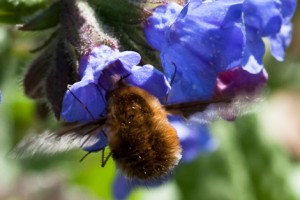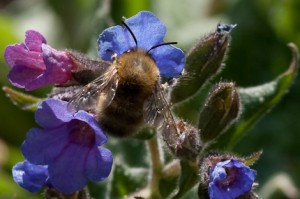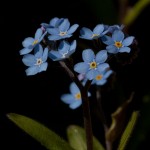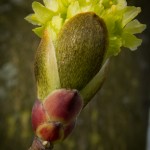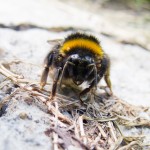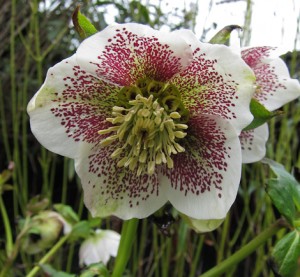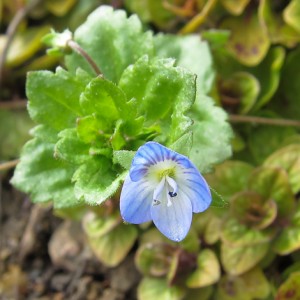It seems that the warm weather has really started things moving this week. And, the more you look, the more you find.
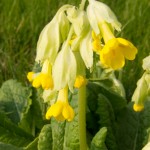 For a starter, many of the trees and plants are bursting into flower. Cowslips (primula veris) are springing up everywhere – the one posing in this picture was taken next to the car park at work. These are fairly common on open ground around the UK and have uses in traditional medicine for the treatment of headaches, although some people are allergic to them. Also noticeable is the preponderance of dandelions decorating roadsides (and dare I say gardens) at the moment, providing a useful nectar source for the increasing number of bees.
For a starter, many of the trees and plants are bursting into flower. Cowslips (primula veris) are springing up everywhere – the one posing in this picture was taken next to the car park at work. These are fairly common on open ground around the UK and have uses in traditional medicine for the treatment of headaches, although some people are allergic to them. Also noticeable is the preponderance of dandelions decorating roadsides (and dare I say gardens) at the moment, providing a useful nectar source for the increasing number of bees.
Speaking of bees, there do seem to be a lot about at the moment. Most noticeable are the massive red-tailed and buff-tailed bumble bee queens flying about, but, if you look closely, you may see other types of bee that you hadn’t noticed before. One of these, again spotted as I was leaving work, was a tawny mining bee (adrena fulva). I don’t remember seeing these before, but they are bright orange and, although fairly small and constantly on the move, they are not easy to miss. These are solitary bees that often make their home in lawns, digging a hole to lay their eggs in and to provide a safe place for the young bees for which they collect pollen. 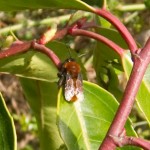 The picture that I took was the best I could get as they seem quite jumpy and do not settle for long even when sunning themselves.
The picture that I took was the best I could get as they seem quite jumpy and do not settle for long even when sunning themselves.
Also of note this week are the increasing number of house martins that can be heard, if not seen, in the skies above Daventry, the first bluebells starting to open and a few more butterflies on the wing.
In the garden, the courgette seeds that I planted last weekend are coming up, although my beans, which are outside, whilst presumably enjoying the sunny days are not appreciating the frosty nights and are refusing to put in an appearance. Tulips are in full bloom and the blackcurrant and blackberry are coming back to life. I am also contemplating pulling my first rhubarb of the season.
